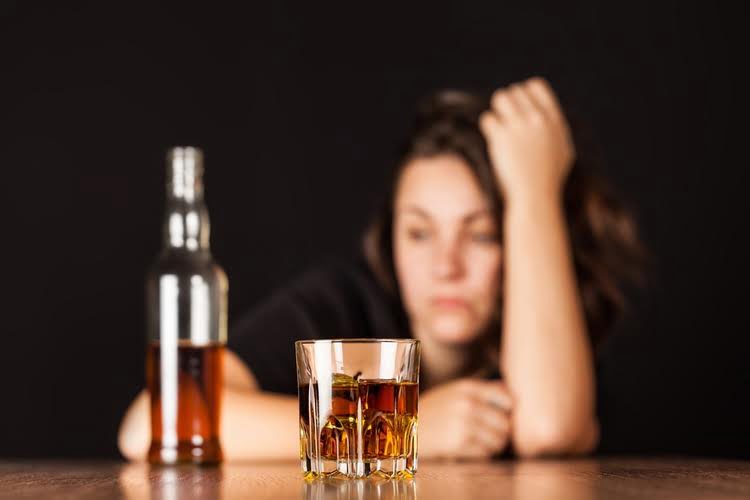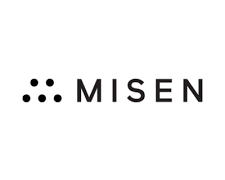Drinking less https://ecosoberhouse.com/article/what-is-the-sinclair-method-for-alcohol-addiction-recovery/ helps reduce the negative consequences of alcohol as well. Symptoms include unusual bleeding or bruising, dark urine, yellowing of the skin or eyes, and pain in the upper right part of the abdomen. If you experience such symptoms after taking naltrexone, you should contact your doctor immediately.
Private online alcohol program: Cut back on your drinking from home
- But in actuality, more recent research into addiction treatment has shown that forced abstinence often fails precisely because it doesn’t address what’s happening in your brain.
- Thrive offers personalized coaching options, with a TSM coach always just a click away.
- Involvement of spouses or parents in psychoeducation can reduce conflicts and better support the TSM approach at home.
- Unlike abstinence-based methods, TSM doesn’t require you to quit drinking immediately.
- This is meant to limit their desire to drink, because the naltrexone blocks the typical “buzz” or good feelings one might get from drinking.
A ray of hope for individuals with alcohol use disorder (AUD), Naltrexone has been approved by the FDA. While the medication is generally well tolerated, it can have side effects that range in severity. The most common side effects include nausea, muscle or joint pain, headache, nervousness, and an upset stomach.
How to Get Started with the Sinclair Method
Our experience is that this method does not accomplish the same level of extinction that we observed in taking the oral naltrexone 1 hour before drinking. No, the Sinclair Method does not require complete abstinence from alcohol. The goal is to gradually reduce alcohol consumption by breaking the brain’s association between alcohol and pleasure. Naltrexone is not a cure for alcohol use disorder, but it can be an aid for people hoping to cut down or totally stop drinking. Drug rehabilitation Click here to hear author and actress Claudia Christian discuss the Sinclair Method on our YouTube channel.
How the Sinclair Method Works
Reduces Relapse AnxietyRelapse in standard abstinence-based programs often leads to guilt or a sense of failure, potentially derailing progress. With TSM, “lapses” are built into the framework—drinking is expected to continue, but always with medication. This approach can mitigate the black-and-white “I blew it” mentality common in relapse scenarios.

If opioid misuse is also in the picture, more specialized or integrated approaches may be required. Some insurance plans cover the cost of naltrexone and therapy, but this varies, so it’s advisable to check with your insurance provider to confirm coverage details. While TSM is a more affordable option than inpatient treatment programs, the long-term costs if medication adherence is required for extended periods must be considered. If you must take opioid pain medications for a surgery or other reason, you’ll need to stop taking naltrexone. Eventually, the drink-equals-reward pattern gets interrupted because alcohol no longer presents that feel-good sensation.
- A common concern is whether naltrexone reduces enjoyment from everyday activities like food, exercise, or relationships.
- Wagner would advise anyone that almost dying is not a viable recovery path.
- Positive TestimonialsMany TSM participants report a gradual but notable decline in alcohol consumption, sometimes achieving near-abstinence or drastically fewer binge episodes.
What are the Limitations and Challenges of The Sinclair Method?
In 2001, John David Sinclair’s clinical studies found that the Sinclair Method was effective in reducing and stopping alcohol use in 78% of patients. The Sinclair Method (TSM) offers a novel way of treatment for Alcohol Use Disorder (AUD) that, in many ways, opposes traditional methods like 12-step programs. This method is based on pharmacological support, in which the drug blocks opioid receptors in the brain, lessening the reinforcing effects of alcohol and eventually decreasing cravings and consumption over time. The Sinclair Method (TSM) is an evidence-based treatment for alcohol use disorder (AUD) that diverges from traditional abstinence-based programs.

More rarely, severe side effects can include blurry vision, diarrhea, confusion, drowsiness, stomach pain, and vomiting. The Sinclair Method is an affordable, realistic, and flexible treatment option that has a high rate of success.

Why isn’t TSM more widely used?
If you decide to apply this approach by yourself, ensure that you follow the directions. For additional support and strategies on helping someone who struggles with alcohol, you can refer to How To Help an Alcoholic Who Doesn’t Want Help. As an injection, Vivitrol can also be more difficult for people to access than naltrexone in oral pill form, which most pharmacies are able to dispense with a valid prescription. ✔️ Thrive members receive referrals to telemedicine doctors who prescribe naltrexone for TSM.✔️ Some general practitioners may also prescribe it, but not all are familiar with TSM. The Sinclair Method, like all recovery methods, requires effort and work.
- The other major revelation about the Sinclair Method is understanding why traditional abstinence approaches have such poor success rates.
- The pattern of gradually losing interest rather than white-knuckling through cravings is exactly what makes this method sustainable.
- Many people assume that everyone who struggles with alcohol misuse or an alcohol use disorder (AUD) needs to give up drinking altogether.
- Before starting TSM, it’s important to fully understand how it works and why it’s different from traditional abstinence-based approaches.
A Recovery Roundtable Wed. Sept. 17th
Medication-assisted treatment (MAT) options, like The Sinclair Method, are now considered a standard of care for AUD, yet they’re still underutilized by healthcare providers. The Sinclair Method works by essentially reducing the reinforcement that people get when they drink alcohol. By taking naltrexone prior to consuming alcohol, the pleasurable feelings that drinking typically produces are blocked. The idea is that without getting those “feel good” feelings from alcohol, we’ll be less inclined to drink. However, some studies show that it’s more effective when taken under the supervision of a family member, friend, or as part of a program. Without those “feel good” feelings from alcohol, we’re less inclined to drink.



No Comments
Leave Comment